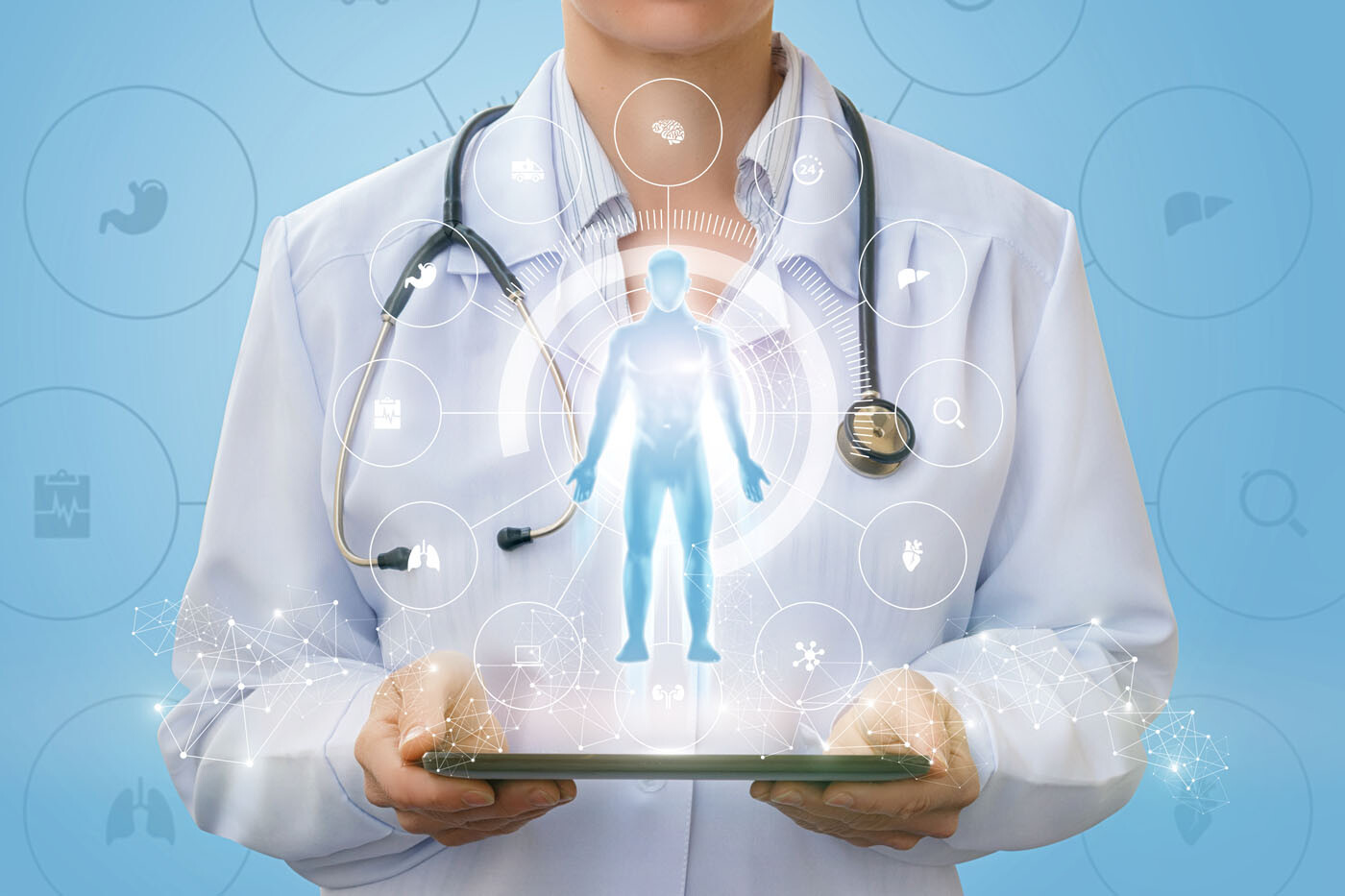
The electronic patient file is intended to digitally compile the patient data that has so far been stored in different places such as practices and hospitals. Patients will thus have all relevant information such as findings, diagnoses, therapy measures, treatment reports, the medication plan and the emergency data record at a glance. Unfortunately, the tool is still in its infancy. Federal Health Minister Karl Lauterbach wants to change that.
Digitalisation is supposed to make the German health care system more efficient. One component of the strategy is the electronic patient record (ePA) as the central element of networked health care and the telematics infrastructure. It is supposed to digitally compile patient data that has so far been stored in different places such as practices and hospitals, according to the Federal Association of Statutory Health Insurance Physicians (Kassenärztliche Bundesvereinigung). And further: "This means that patients have all relevant information such as findings, diagnoses, therapy measures, treatment reports, the medication plan and the emergency data record available at a glance and can make them available to their doctors, therapists and pharmacists."
On the other hand, one can also infer from the current reporting: Digitisation in the health sector is simply not progressing in Germany, writes "aktiv", the information portal for employees. This is also shown by the electronic patient file. In Denmark, for example, it has been tried and tested for years, but here in Germany many insured people have not even heard of it! Although the ePA has been available as an app for mobile phones or tablets since the beginning of 2021, the doctor's letter by fax is far from obsolete. According to "aktiv", a survey by the National Agency for Digital Medicine Gematik confirms the general reluctance: only one fifth of all people with statutory health insurance have already heard of the ePA. And only 312,000 people use the application - out of over 73 million people with statutory insurance!
ePA is an important source of information
Yet the point of the ePA is perfectly present and understandable. "The better doctors and other service providers can understand the medical history of their patients, the better they can choose the appropriate treatment. The ePA is an important source of information for this. The ePA connects insured persons with doctors, pharmacies and hospitals. Many work steps that were previously carried out in analogue or paper form can be digitalised and simplified through the ePA. Instead of a loose-leaf collection at home or individual findings in the practice systems of different practices, doctors and patients have all relevant documents securely available at a glance. In this way, for example, burdensome multiple examinations can be avoided," writes the Federal Ministry of Health.
"The ePA has a clear benefit"
Now, Federal Minister of Health Karl Lauterbach wants to push the electronic patient file. He repeatedly emphasised this at "Im PraxisCheck" of the National Association of Statutory Health Insurance Physicians (KBV), reports the "Handelsblatt Digital Health" trade medium. It says: "The ePA has a clear benefit, Lauterbach explained with an example. A patient he knew could not get a diagnosis from doctors. Lauterbach contacted a doctor friend who asked for the patient's findings. However, the findings were with 'quite a few doctors', as Lauterbach said, and could not be obtained. With an electronic patient record, the medical history could have been made available. 'That is why I am focusing on this application, which I have just put in the foreground', Lauterbach said."
Networking the hospital information system with the electronic patient file
The Federal Minister of Health, he said, wanted above all to advance the networking of hospitals and doctors' practices. "One focus must be that we network the hospital information system with the electronic patient record." He said that only linking the practices with each other would serve no purpose because the information would not reach the clinics that way. "We must have an ePA that links the outpatient and inpatient sectors," it says.
Meanwhile, the acceptance of digital solutions in the health sector is generally already quite high. According to studies, about two thirds of the insured already use at least one digital offer of a health insurance company. According to the study, almost one in five (18 percent) has already used a digital insurance portal. Likewise, 18 percent of respondents use a fitness tracker such as the Apple Watch or the Fitbit, which belongs to Google and is subsidised by some health insurance companies. At least 15 percent have already submitted a bill digitally to their health insurance company.
Expanding the possibilities for video consultations
A big point in the digital development is also the area of telemedicine. The benefits of video consultations, for example, are high. The Federal Association of Statutory Health Insurance Physicians (KBV) states: "Especially in the case of long journeys or after operations, telemedical services can be a useful aid, such as video consultation hours. Doctors and psychotherapists can explain further treatment to their patients on the screen, examine the healing process of an operation wound or hold a psychotherapeutic discussion. This way, patients don't have to come to the practice for every appointment." The organisation is very simple: the doctor or psychotherapist has to choose a certified video service provider who ensures a smooth and secure technical process of the video consultation. The practice and the patient essentially need a screen with a camera, microphone and loudspeaker as well as an internet connection. No additional software is required.
Online consultations with experts at Natura Vitalis
For more than four years, Natura Vitalis has been offering online consultations with experts from very different segments of the health industry. Viewers can watch this in a live stream and ask the expert their questions by email or phone. We notice with every new live event how great the interest and feedback are. People get the information that is relevant to them in a short way and from any location. Especially in times of contact restrictions, this makes sense. Users also make themselves independent of fixed practice opening hours and appointments. On the Natura Vitalis Facebook page and YouTube channel, viewers can regularly find new live streams and all previously broadcast episodes.










